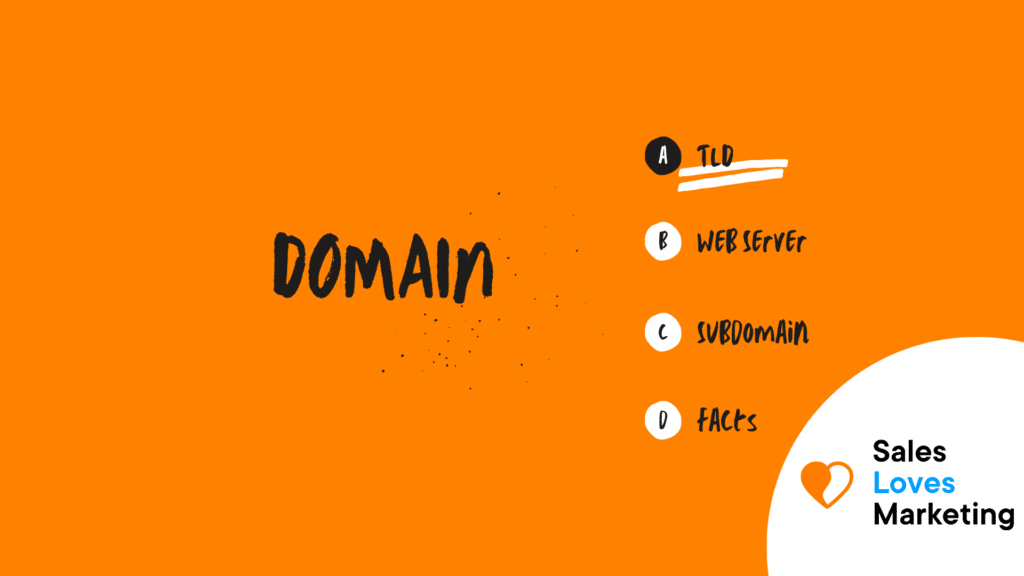What is a domain?
A domain is what we normally refer to as an Internet address or name; a domain or domain name is ‘where’ the website is located. Therefore, it can be said as an example that the domain name “example.com” is the path to the IP address “216.58.216.162”. Generally, it’s easier to use a domain name rather than an IP address.
What is a domain name used for?
A domain name can be said to be essentially a website’s equivalent of an address of where it is located. In the same vein that a GPS needs a street address or more information to provide directions, a web browser needs a domain name to navigate and direct users to a webpage.
The way the domain names are means that they take the form of two main elements. For example, the domain name Facebook.com is just the website’s name (Facebook) and the dotcom (.com) extension. When a company (or a person) buys the rights to a domain name, they’re able to specify which server the domain name will refer to.
Every website that exists and has been navigated before effectively consists of two main elements: a domain name and a web server.
- A web server is a physical machine that has the files and the databases that a website is made from and sends them out to users across the internet; when they visit a webpage from their own computer, web servers are something pivotal for the existence of a webpage.
- The domain name is what users use to get to a website, being pointed by the web browser to the server that stores those specific resources. Without a domain name, common people would need to memorize the specific IP address of a server.
Domain names work to let them act as a shortcut to the server that hosts a website and easing access to it.
Without a domain name, anyone who wanted to visit a website would have to enter the full IP address without errors every time they wished to access it. But the problem is that an IP address is difficult for people to memorize or to include on advertising materials as a long string of numbers doesn’t look too appealing, and it gets in the way of the ads.
Domains also use redirects as tools, which essentially allows a webmaster to specify that if people visit their domain, they’re automatically redirected to another.
This little fact is useful for campaigns and microsites or for redirecting users to dedicated landing pages that act as hooks on the main site. They can also be useful for avoiding confusion with spellings. For example, if someone types www.fb.com in the browser, they’ll be redirected to www.facebook.com.
What are the parts of a domain?
A domain has three components that are part of the whole domain name, making it parts that are essential for it to be a domain name and these parts are:
- Subdomain (or Third Level Domain).
- Second-Level Domains.
- Top-Level Domain.
Get started yourself with SEO with SEMrush; an all-in SEO tool (Free 7 day trial).
